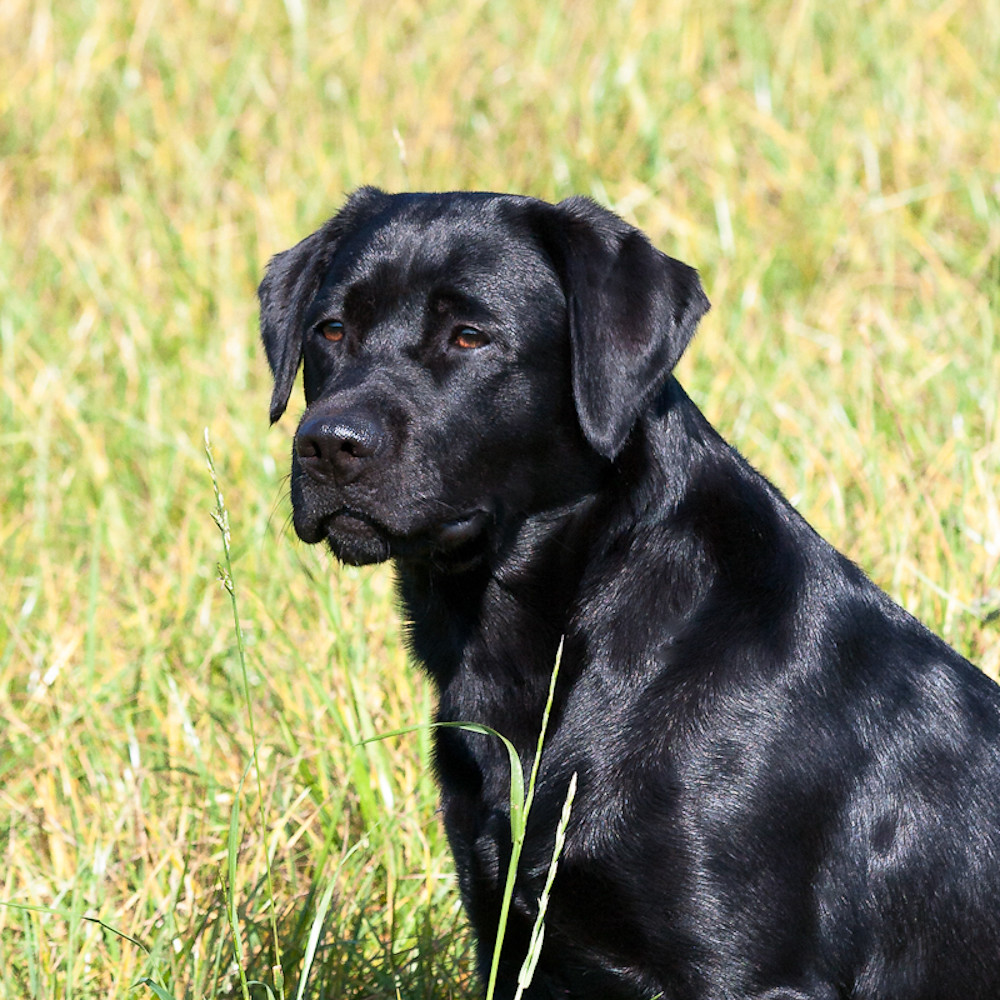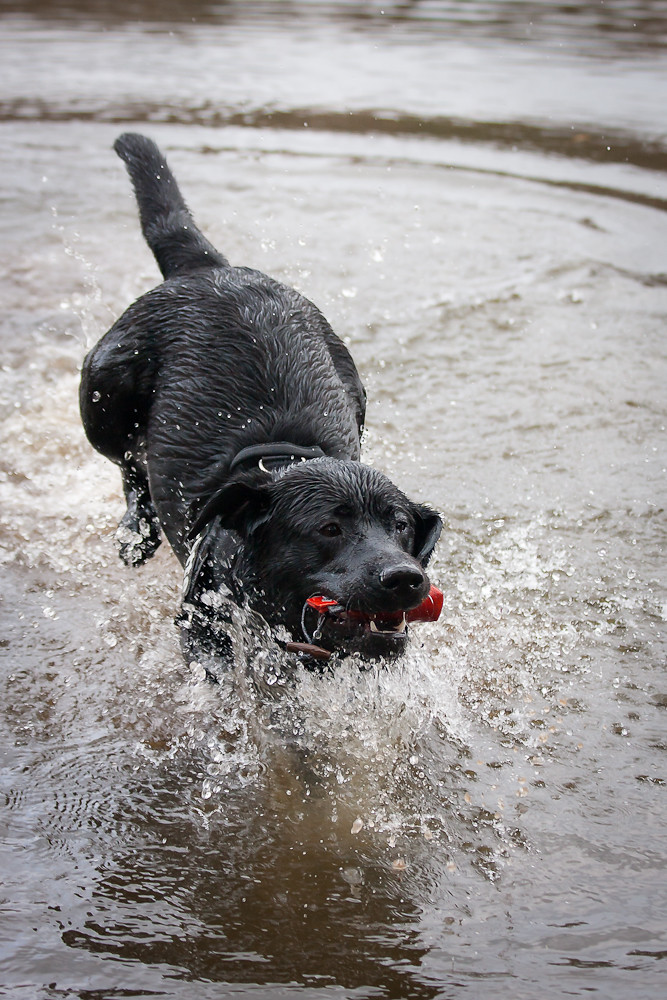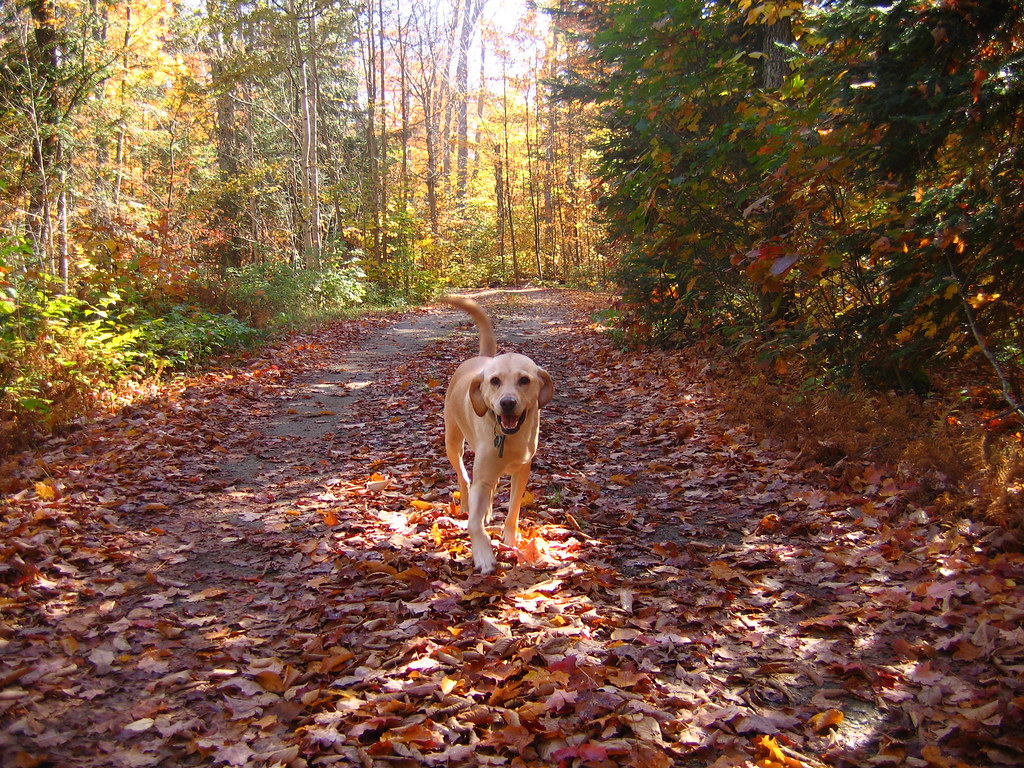Name: Labrador Retriever
Breed Age: Recognized by the AKC in 1917
Average Size: 22.5-24.5” for males, 21.5-23.5” for females
Average Weight: 65-80lbs for males, 55-70lbs for females
Life Expectancy: 10-12 years
Coat Variations: Black, Chocolate, Yellow
*All breed information comes from the AKC website on Labrador Retrievers
Fun Fact: Labrador Retrievers aren’t even from Labrador! Talk about a misleading name…
Labrador Retriever Breed History
Roughly 500 years ago, the island of Newfoundland was a popular place for European fishermen to venture. The various dog breeds they brought along with them mixed and eventually became one breed known as the St. John’s dog, after the capital of Newfoundland. There was still slight variation in the St. John’s dog, and the larger variation eventually became known as the Newfoundland breed we know today. The smaller gave way to various Retriever breeds. The smaller St. John’s dogs were allegedly preferred, as their shorter coats weren’t as prone to accumulating ice. After fisherman witnessed their awesome capabilities, the St. John’s dog became a popular export to England where they were then mixed with native breeds to create the progenitors for other types of Retrievers. The name “Labrador Dog” was first used to describe the St. John’s dog when the Earl of Malmesbury fell in love with them and started a breeding program at his estate.
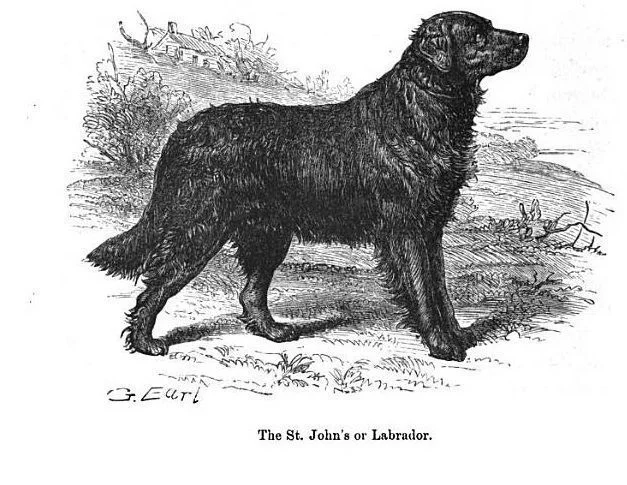
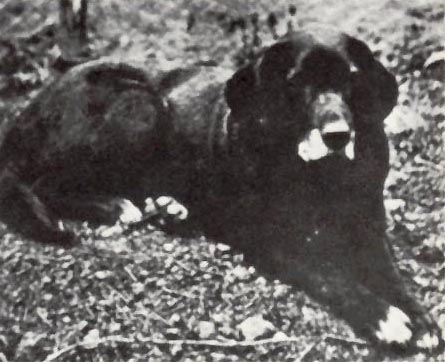
The 1800’s were a rough time for the Labrador Retriever! Between heavy taxes on non-herding dogs from the Newfoundland government, and long quarantines on imported dogs from the British government, the Labrador Retriever nearly went extinct. Other English nobles who fell in love with the breed imported a few to attempt to continue breeding them. It was the combined breeding and marketing efforts of the Duke of Malmesbury in England, the Duke of Buccleuch in Scotland, and the Duke of Home in Scotland that saved the Labrador from complete extinction.
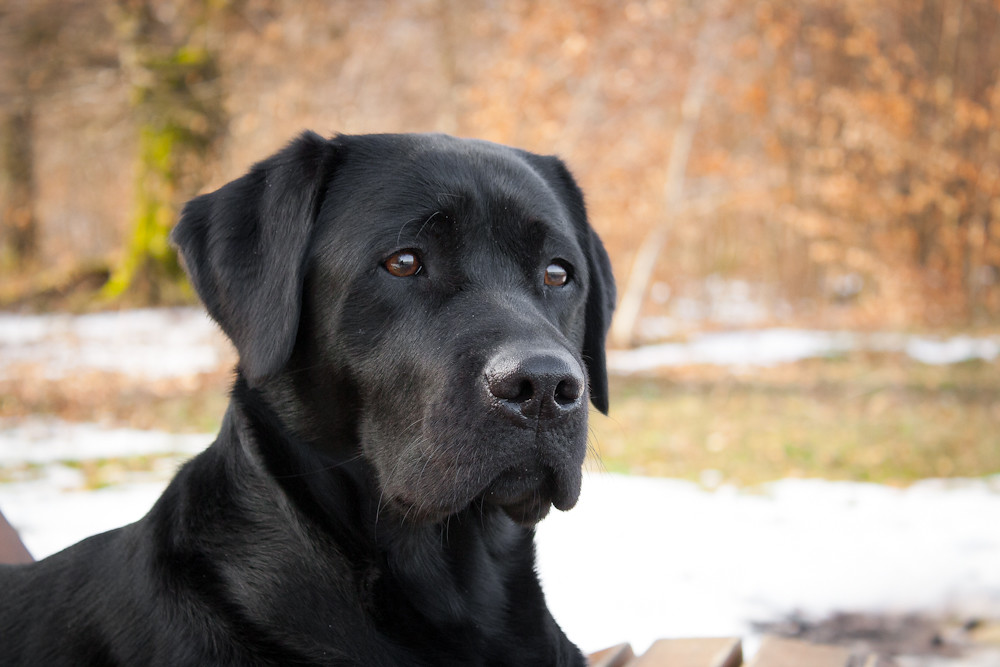
Labrador Retriever Strengths
- Loyal
- Eager to please
- Willing to work hard
- Easily trainable
- Versatile and suited for almost any line of work
- Bouncy and full of energy
- They LOVE their families and are often even loving toward strangers
- Amazing with kids and other dogs
Labrador Retriever Weaknesses
- Need exercise!! Not just a quick walk
- Obedience training is essential from a young age
- Socialization is also a necessity
- Not a dog suitable for a small home or a home with a small yard
- They can get bored if left alone for long periods of time
- They have a thick, waterproof double coat that will shed
- They are genetically incapable of stopping eating
7 Common Labrador Retriever Health Concerns:
Pancreatitis
- The pancreas plays an important role in food digestion by producing hormones like insulin and digestive enzymes to help break down food. When the pancreas becomes inflamed, this is called pancreatitis. It can happen to a dog at any age, and all breeds can be affected. Pancreatitis causes the enzymes produced by the pancreas to be activated before they get to the small intestine, resulting in the breakdown of the pancreas itself. According to VCA Animal Hospitals, “The most common clinical signs include nausea, vomiting, fever, lethargy, abdominal pain, diarrhea, and decreased appetite.” They also describe the behavior to watch for if you think your pet may be experiencing discomfort due to pancreatitis, “During an attack, dogs may take a ‘praying position’, with their rear end up in the air while their front legs and head are lowered onto the floor.” Please bring your pet in immediately if they display any of the above symptoms.
Diabetes
- Diabetes is a metabolism disorder that affects how the body breaks down and utilizes glucose and insulin. It can present as insulin-deficiency, or insulin-resistant. Insulin-deficient means that the dog is not producing enough of its own insulin. Insulin-resistant means that the dog can produce some insulin, but the insulin is not being properly utilized by the body. There is no cure for diabetes, but a dog’s condition can be easily monitored and managed by a veterinarian.
Bloat
- The official term for this health issue is GDV complex, or gastric dilation-volvulus complex. This disease causes the dog’s stomach to fill with air. This rise in pressure cuts off the blood supply returning to the heart, and this reduction in blood volume will send the dog into shock within hours. Watch your pup for a sudden enlargement of their abdomen, coupled with retching, restlessness, excessive salivating, and a tender belly. If you suspect your dog may be at risk for this health condition, please bring them in immediately for a medical evaluation!
Progressive Renal Atrophy
- A genetic disorder characterized by progressive vision loss and eventual blindness in dogs. Currently, the only way to diagnose this disease is to have a specialist veterinary ophthalmologist examine the back of the dog’s eye to test retinal functionality. There are also a few genetic tests that can be administered to young dogs to test for the gene responsible for PRA.
Epilepsy
- According to Purina Pro Club, “about 66% of dogs with idiopathic epilepsy (epilepsy that has no clear origin) experience their first seizures from 1 to 3 years of age.” Not all seizures are the same and can occur in dogs for many reasons, so it is important for a veterinarian to run diagnostic tests to determine the cause of a dog’s seizures in order to determine the proper treatment plan.
Aortic stenosis/sub-aortic stenosis (AS/SAS)
- From Cornell University College of Veterinary Medicine, “Subaortic stenosis is a narrowing (stenosis) of the area underneath, the aortic valve, that causes some degree of obstruction or blockage of the blood flow through the heart. The narrowing can be mild, moderate, or severe; if moderate or severe, it can force the heart to work harder and potentially be harmful to the heart’s health.” In cases of mild stenosis, your pet may not need treatment, however monitoring the condition with a vet is essential to make sure it does not progress. In more severe cases, medications may be prescribed to help lessen the strain on the animal’s heart.
Hip Dysplasia
- Hip dysplasia is a common skeletal deformation, usually started by a dog’s genetics and exacerbated by weight, exercise, and nutrition. Hip dysplasia occurs when a dog’s hip joint, normally a ball and socket mechanism, does not develop properly. This causes the grinding of the bones in the joint, and can lead to total loss of function of the dog’s leg. Foods that help temper excessive growth can be helpful for puppies of breeds most at risk for hip dysplasia. Maintaining a healthy weight throughout the dog’s life is also crucial, as extra weight only adds more pressure to the at-risk joints. A veterinarian can also recommend joint supplements as part of a preventative treatment plan.
If you have any questions or concerns about your pup’s health, please contact us as soon as possible to address them!
Famous Labrador Retriever: Dorado
Dorado was just one of many brave service animals working alongside first responders who gave life and limb to rescue people from the collapsing buildings that day. Many more lives would have been lost had it not been for the teams of Medical Assistance and Search and Rescue animals who jumped in without hesitation to do their jobs.
Labrador Retriever Dorado was a guide dog for Omar Rivera, a programmer working in the North Tower of the World Trade Center. Dorado would accompany Riviera every day and lay under his desk while he worked.
On September 11, 2001, when the first plane hit the World Trade Center, Rivera knew that he and Dorado were in danger. Rivera “heard, felt, and smelled what was happening and noted the unbearable heat.” Rivera, knowing that the two of them were on the 71st floor, took off Dorado’s leash and instructed the dog to escape to safety. According to Rivera, the pair were briefly separated as people began rushing down the stairs in an attempt to escape the collapsing building. A few moments later however, Rivera felt the familiar sensation of Dorado nudging his leg to get his attention. Dorado had refused to leave without Rivera, and was letting him know that he planned to stay by his side. A coworker also found Rivera, and the two of them linked arms while Rivera held Dorado’s guide harness with his other hand. The trio, guided by Dorado, made their way down 71 flights of stairs to safety. According to Rivera, the descent took more than an hour to complete. They had only just exited the building when the tower finally collapsed. Rivera and his coworker both agreed that they would not have made it out safely without the bravery and loyalty of Dorado.


